Korean Natural Farming teaches us practices in organic farming. Effective Microorganisms clean up foul odors, support sustainable farming practices, and works with compost and waste management. The bacteria we will be mainly working with is called Lactobacillus.
Lactobacillus- also know as Lactic Acid Bacteria and is abbreviated “LAB”.
LAB contains bacteria that converts lactos and other sugars into lactic acid from the end product of a carbohydrate anaerobic fermentation.
In KNF it is taught to make a simple Lactobacillus serum using rice, water, milk, and molasses. The procedure is quite simple and a lot of fun. There are many uses of the LAB once you have made it. I am going to use it first for cleaning up the current waste management area and see if I can get rid of some of those flys! I will also be spraying it on our gardens as a folier spray and adding it to our compost piles to assist in composting. Here’s how to make it:
First make a simple “rice wash” by using uncooked rice and water. The ratio is 1:2 (rice:water)
Shake the rice and water thoroughly (with the lid on jar- haha). -unshaken pictured above left, shaken mixture pictured above right.
Strain rice from water and cover “rice water wash” with cheese cloth and string or rubber band.
Let ferment in cool, dark place for one week.
(pictured above) “fermented rice wash” after fermenting for one week.
Strain fermented rice wash with cheese cloth to get a clean liquid:
Next step is to add milk. You can use any milk as long as it contains lactose. So no lactose free milk. I used regular skim milk.
Add the milk to the fermented rice wash liquid. The ratio for milk to rice wash can be 3:1 (milk:rice wash) or it can be 10:1 or guess what!? It can be anywhere in between. I found out the ratios between 3 and 10:1 all work.
After you add the milk to the fermented rice wash, cover again with cheese cloth and string or rubberband and ferment in a cool, dark space.
Days to ferment now will vary on the climate you are in. Here on the big island in our little micro climate it is very warm. I have discovered the fermenting time during this stage is only three days.
What you are looking for is a separation in the liquid:
The middle layer- the yellow liquid- is the infamous lactobacillus we have been aiming for.
The top layer will form into a firm cheese like substance:
I scoop off and remove the top cheese layer:
The cheese like substance once removed can be added to your compost piles or feed to livestock, your pets, or if your in Hawaii- feed to wild pigs. I will give you a hint on what I did with it:
Then strain the remaining liquid through cheese cloth:
This is now a clean, pure liquid of lactobacillus!
The LAB can be used immediately in this form or you can stabilize it for storage for at least a year if not up to three.
To stabalize the LAB, mix it with molasses (its sugar source) to a 1:1 ratio:
Gently stir with a wooden spoon or bamboo- not metal- and your finished!
Onced finished I store it in a 5 gallon bucket with a home made air lock for it to off gas. I noticed without the air lock the sealed 5 gallon bucket would expand dramatically over night to the point of almost bursting.
Along with the air lock, I installed a plastic tap to easily dispense the LAB without having to open the lid continuously.
(The plastic taps can be easily purchased online through home brewing supply web sites for brewing in 5 gallon buckets.)
Dispensed from the bucket, I can pour off a cup and add it to a sprayer diluted with water for spraying.
Mission #1- used for spraying around our waste management area, rubbish bins, compost piles, and all areas in need of Effective Microorganisms!
If using as a foliar spray for your plants or sprayed into the soil of your garden beds- mix with non chlorinated water in a ratio of 1:500. LAB can be combined with other KNF inputs when applying however all inputs should be stored separately.
LAB is also beneficial for areas with stagnate or cloudy water such as ponds or grey water systems. Add a few ounces at a time to clear up systems.
Pets and livestock also benefit greatly from LAB. You can add a small amount to their drinking water and also spray it in their living area or bedding. The healthly organisms support to maintain healthy, happy animals.
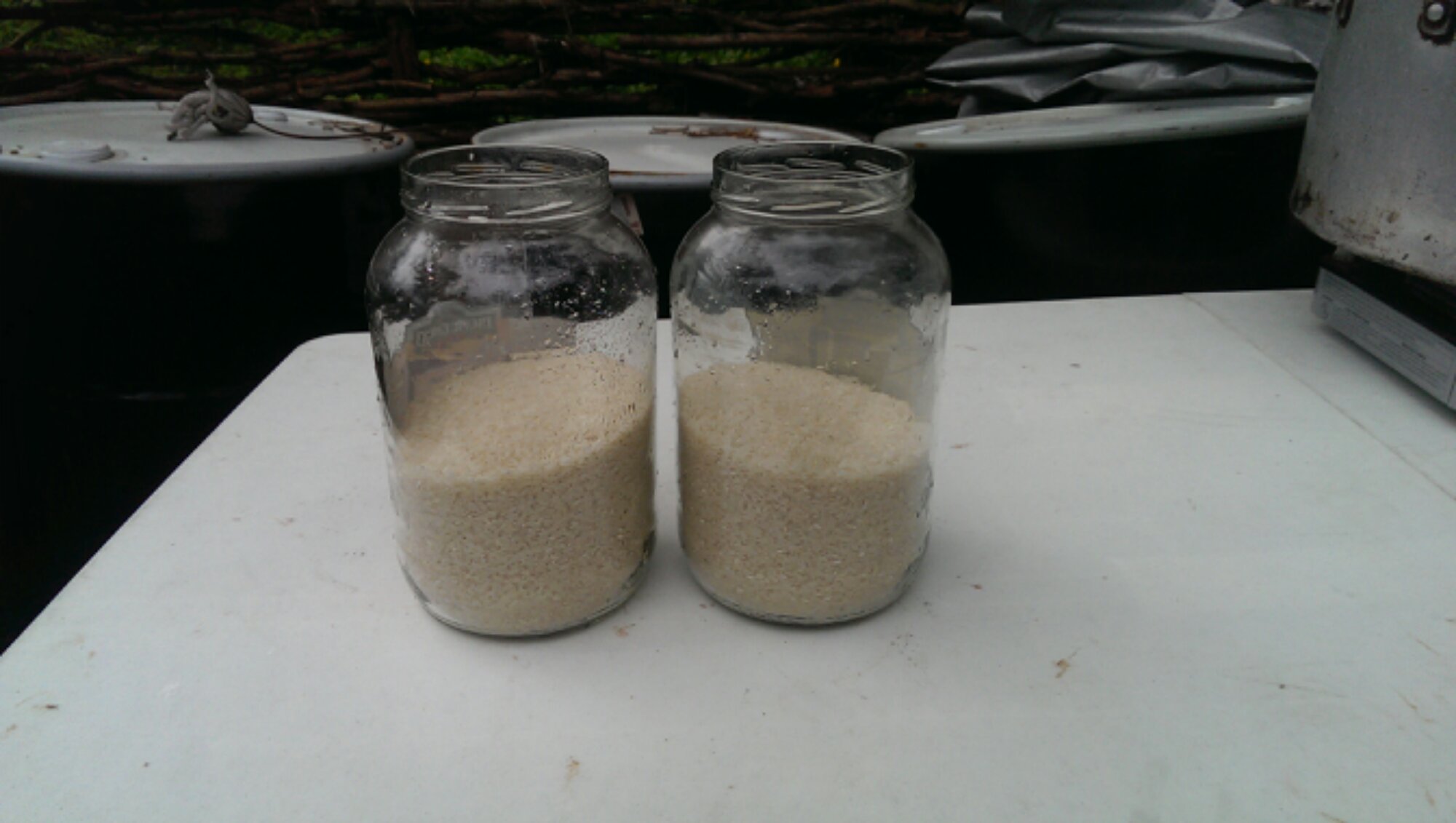
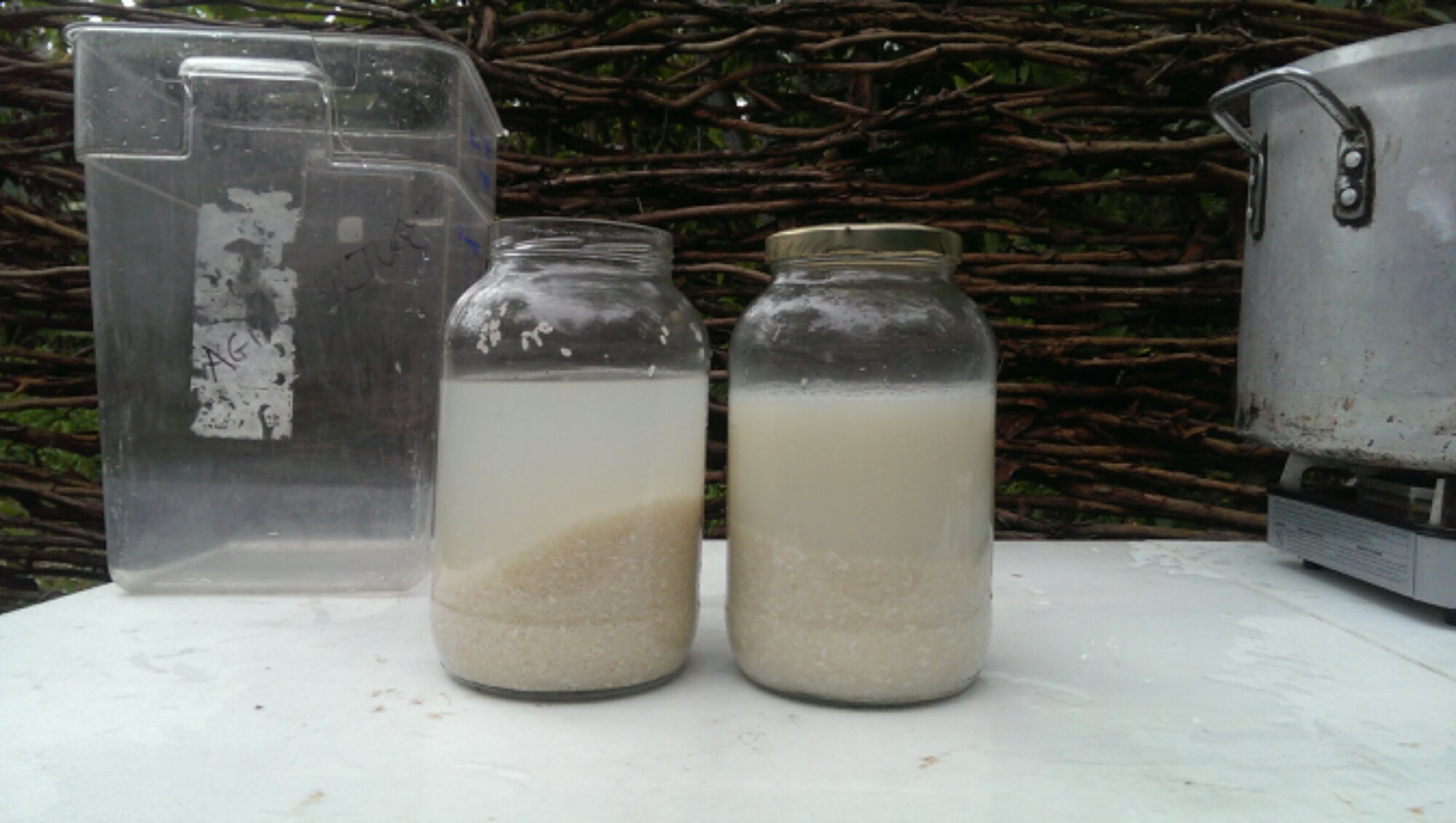



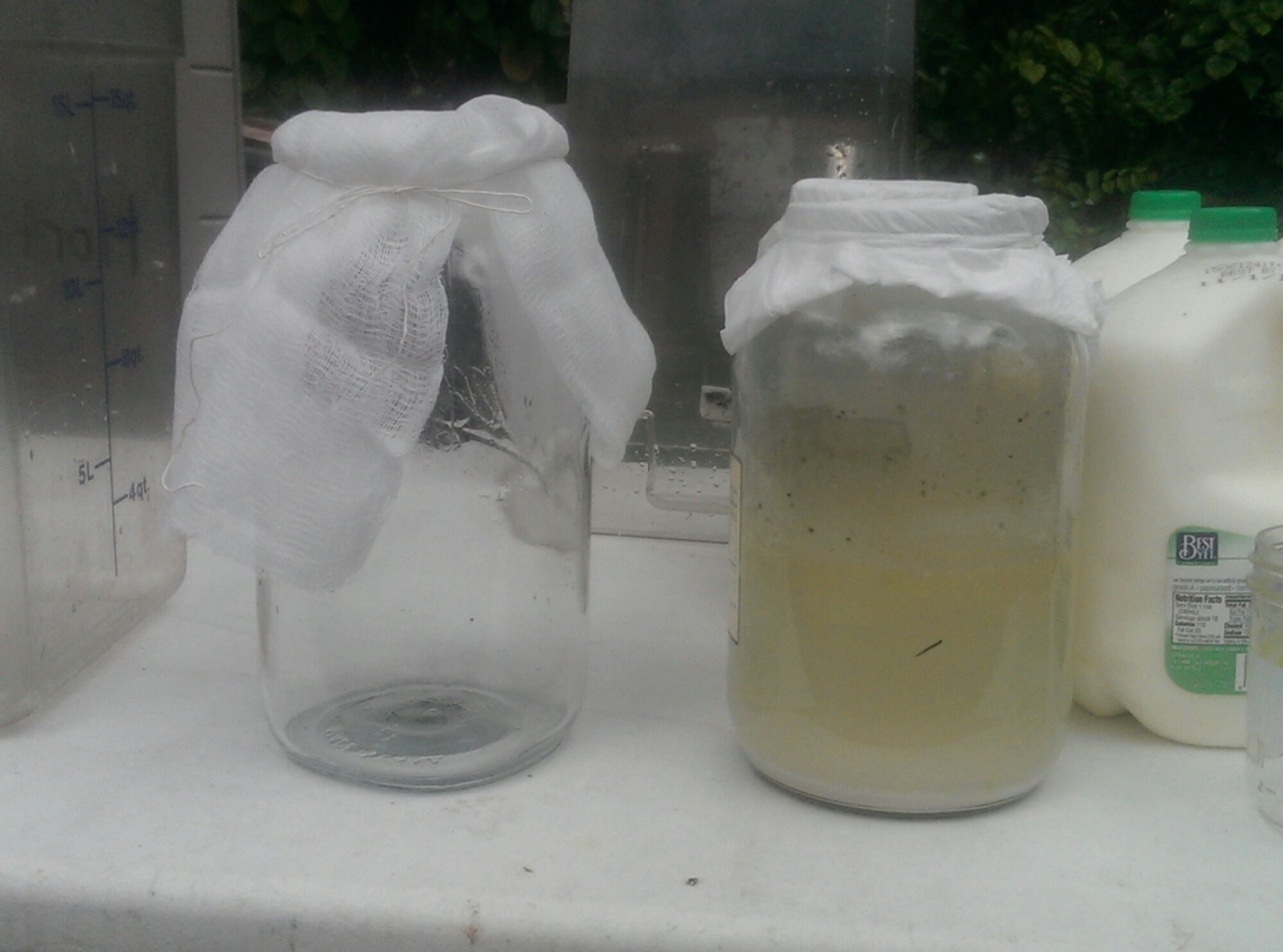

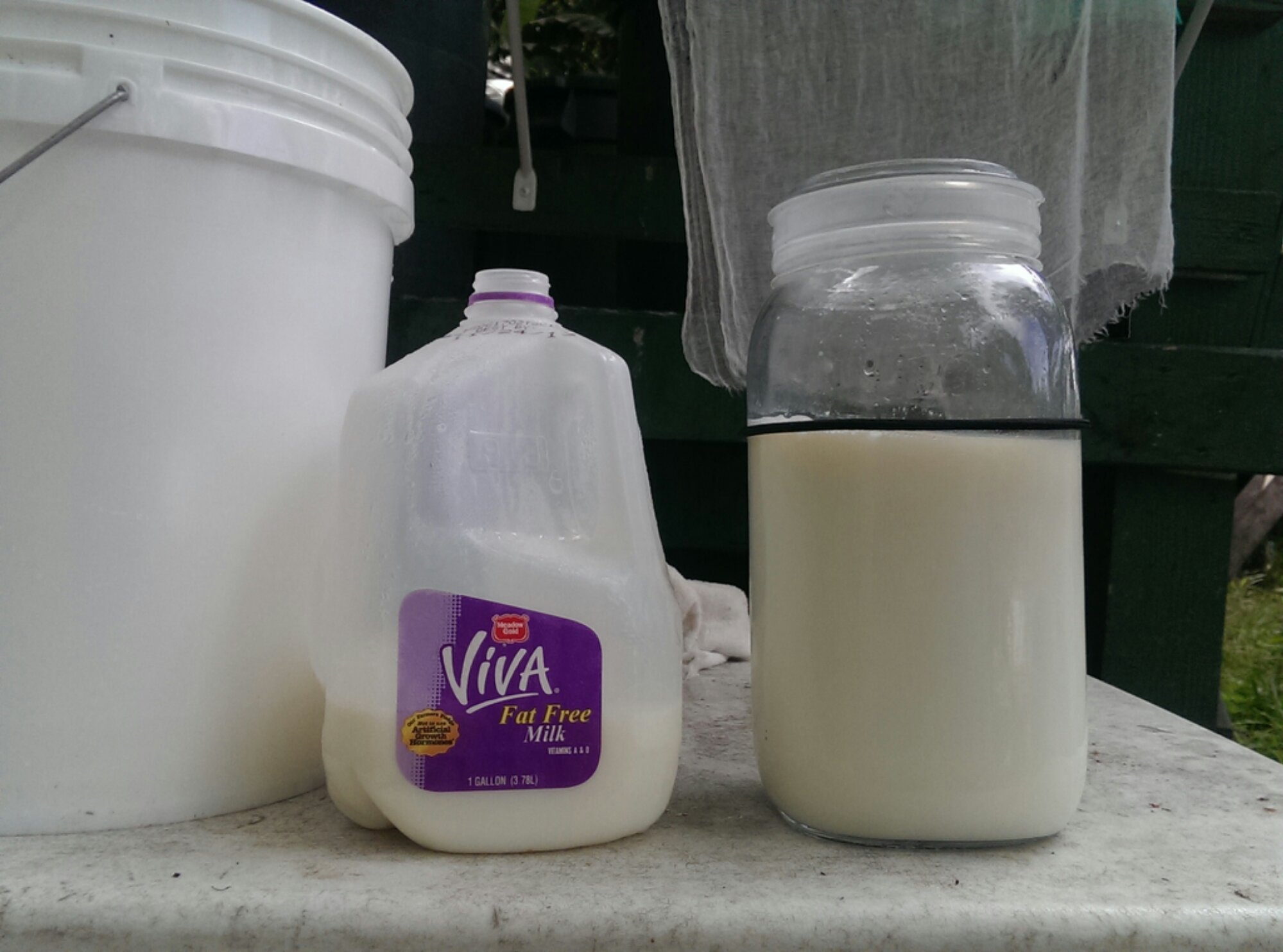
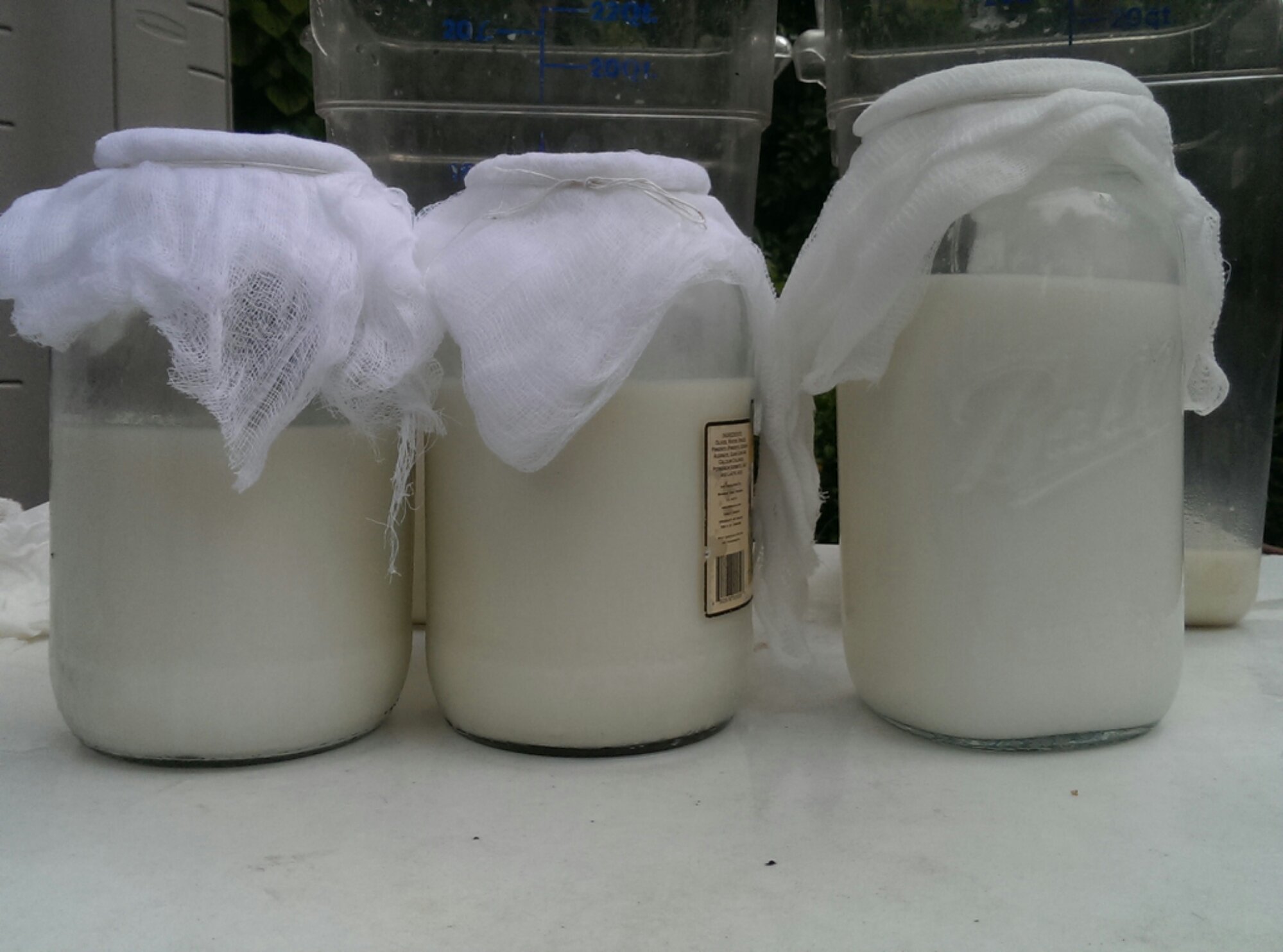
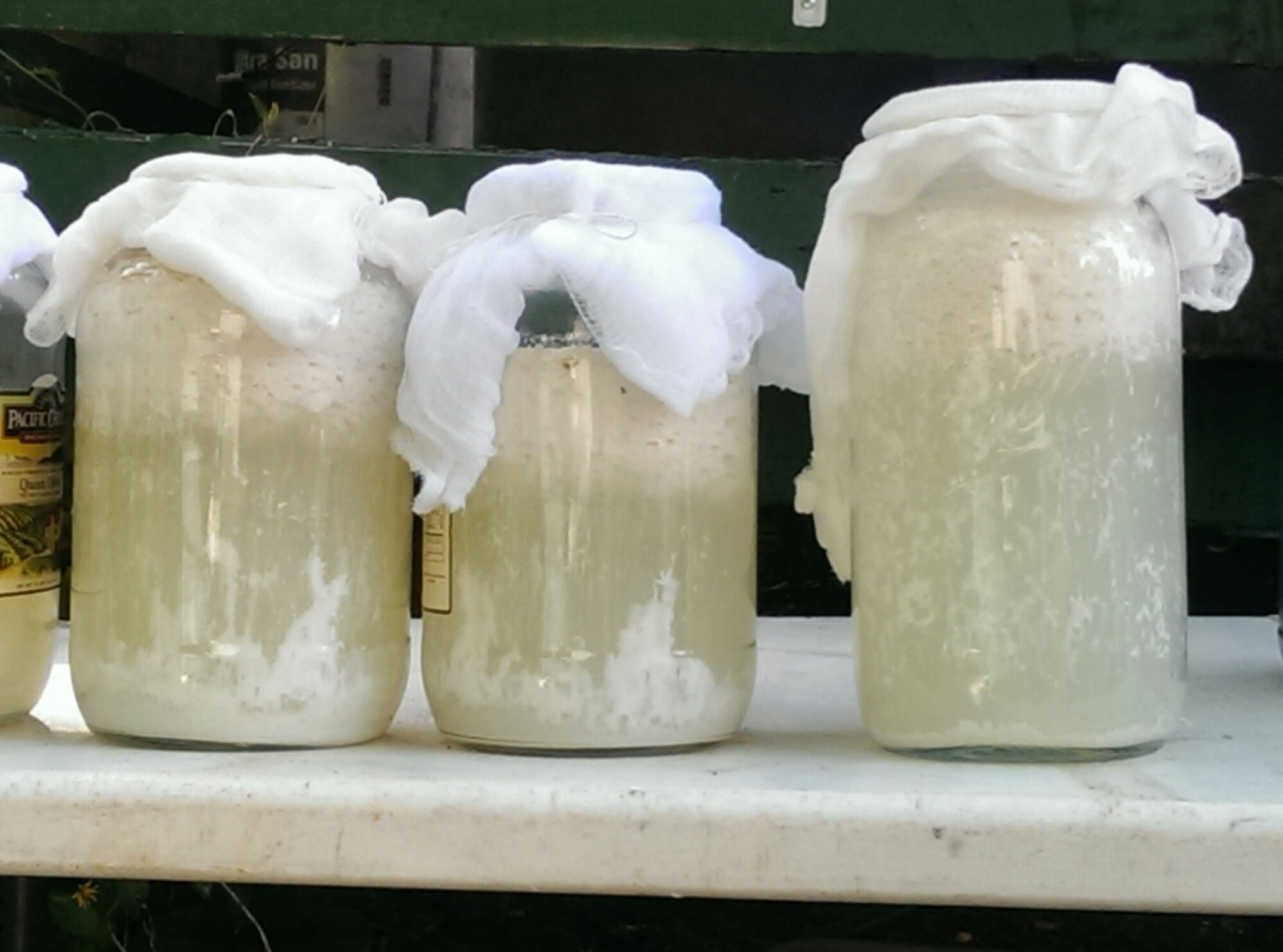
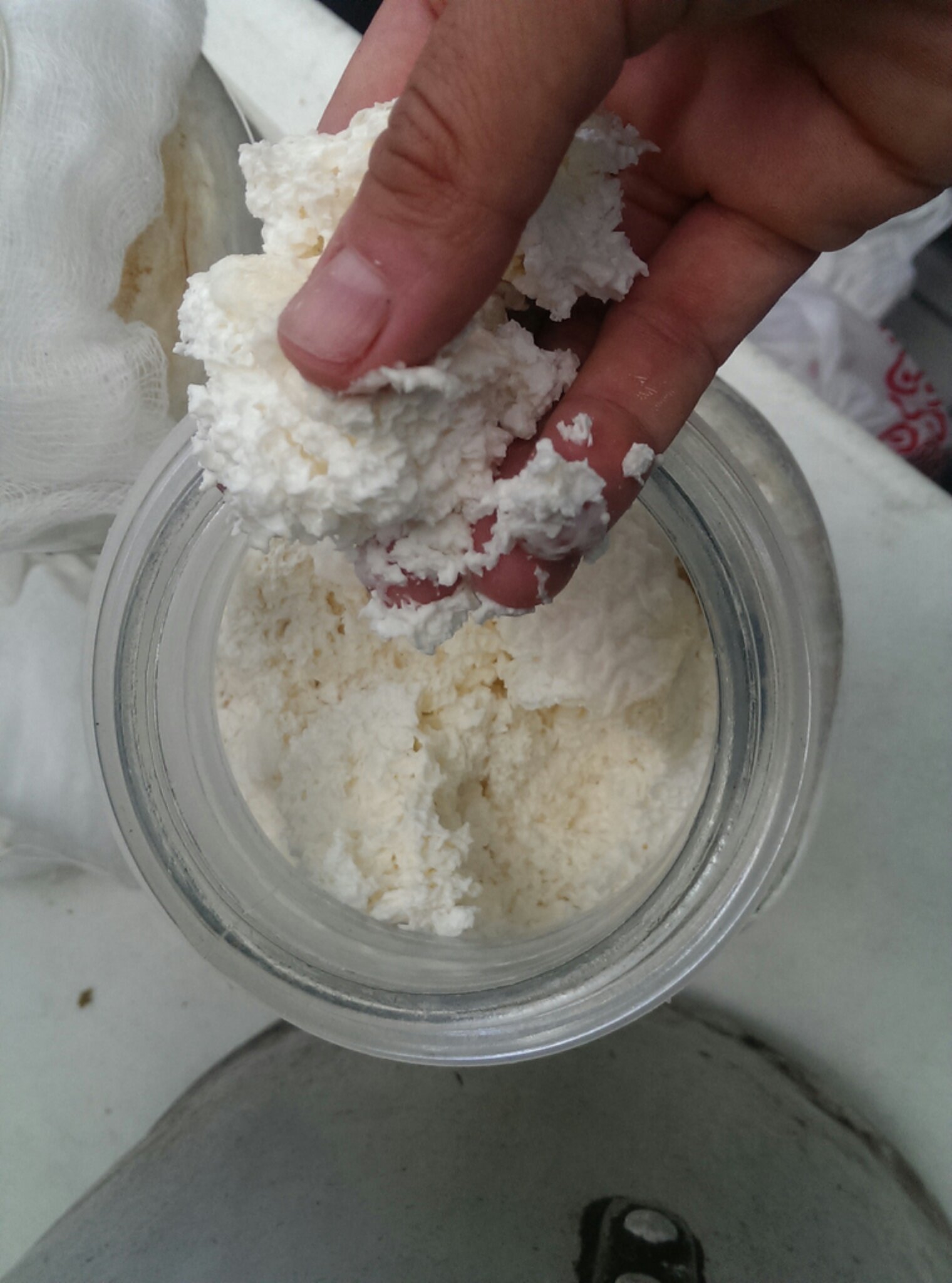
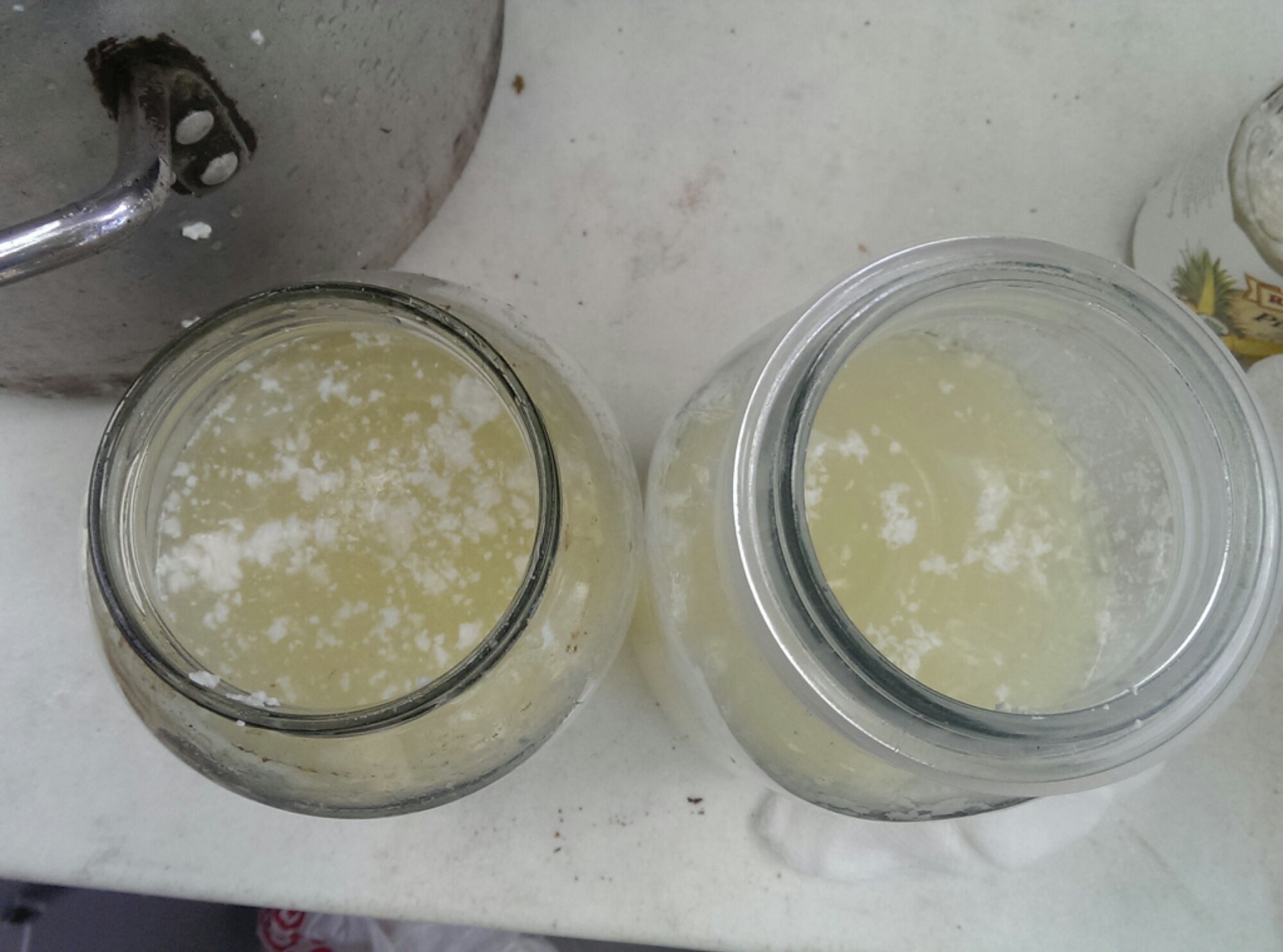
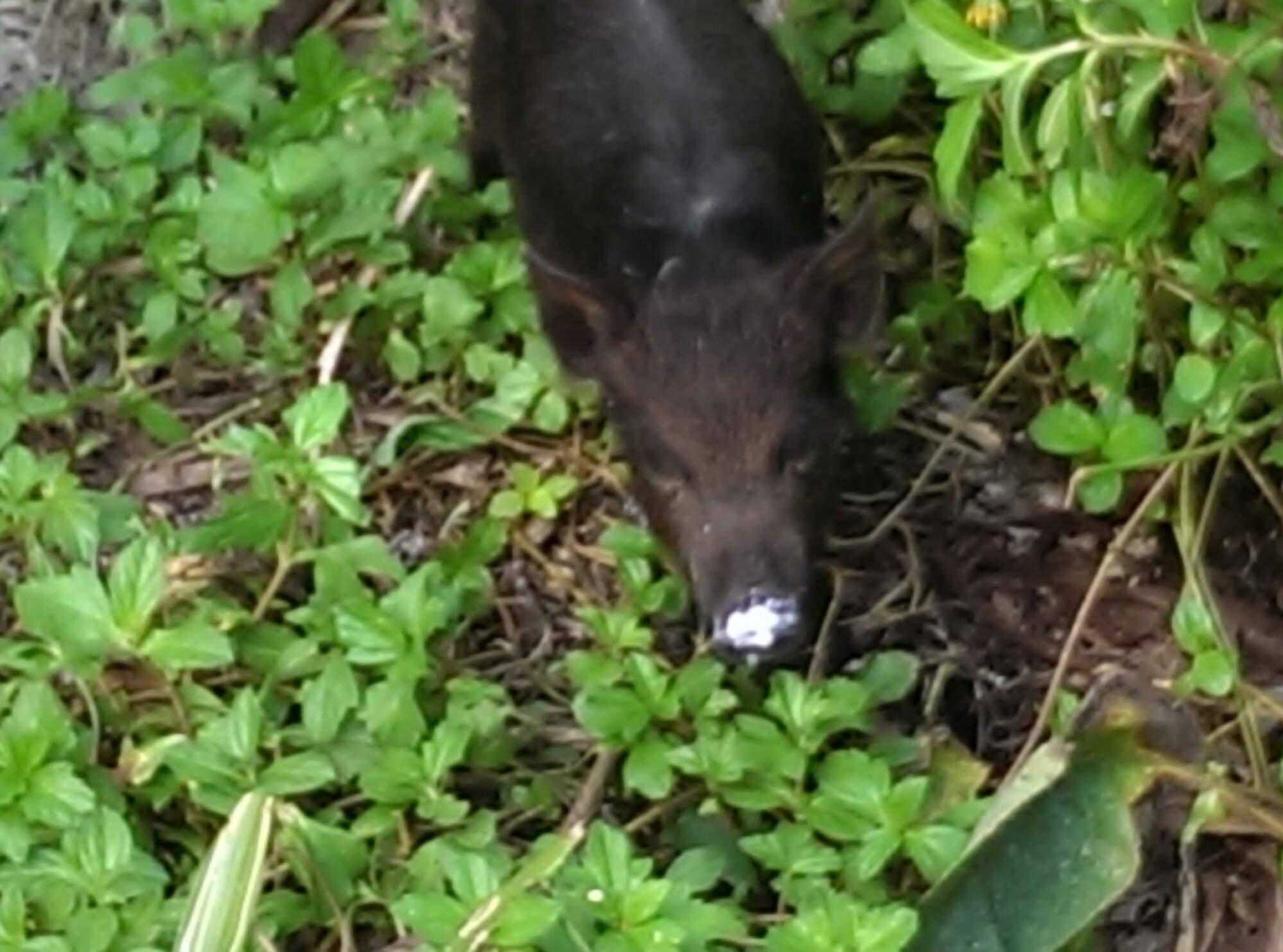


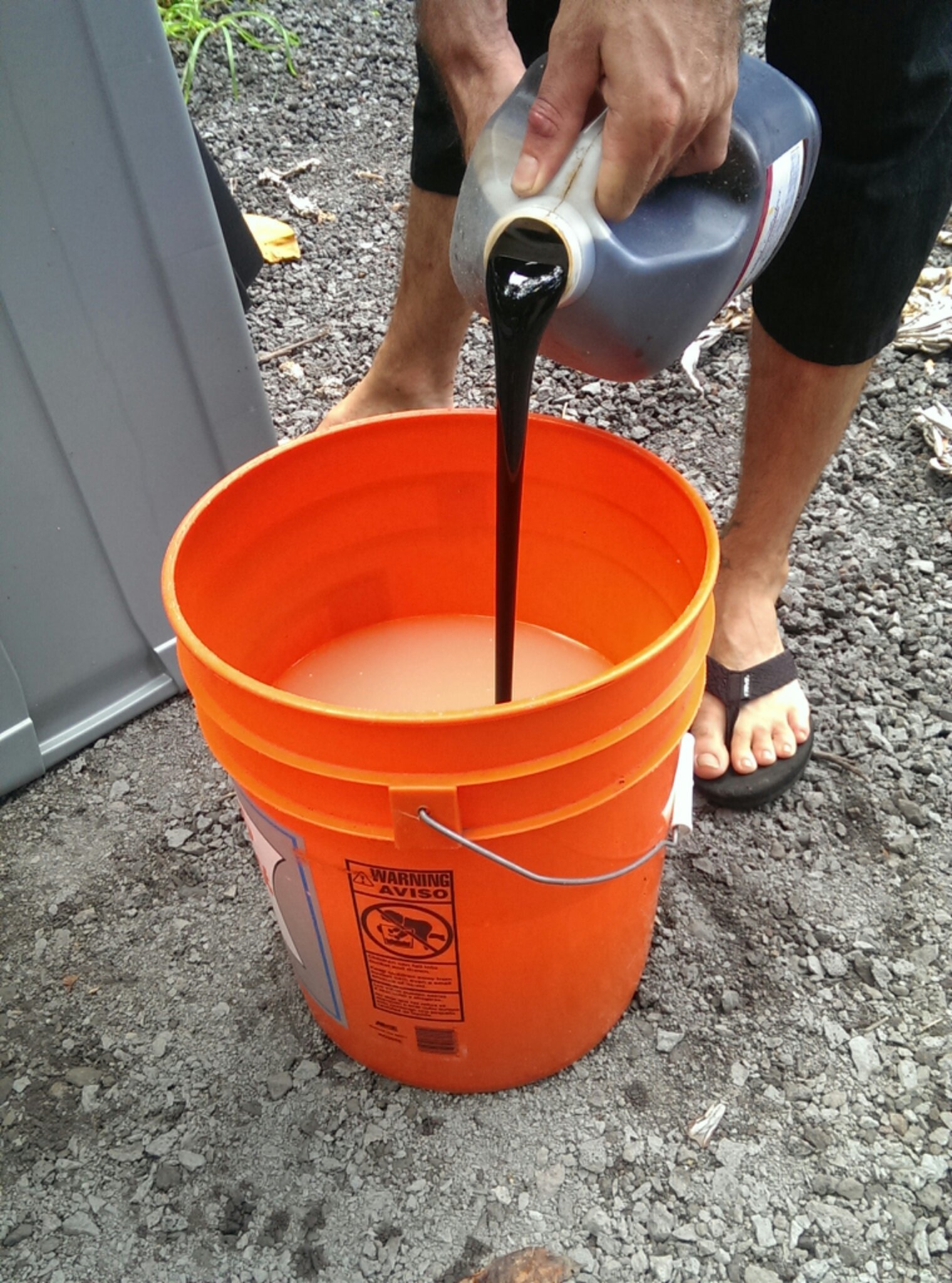


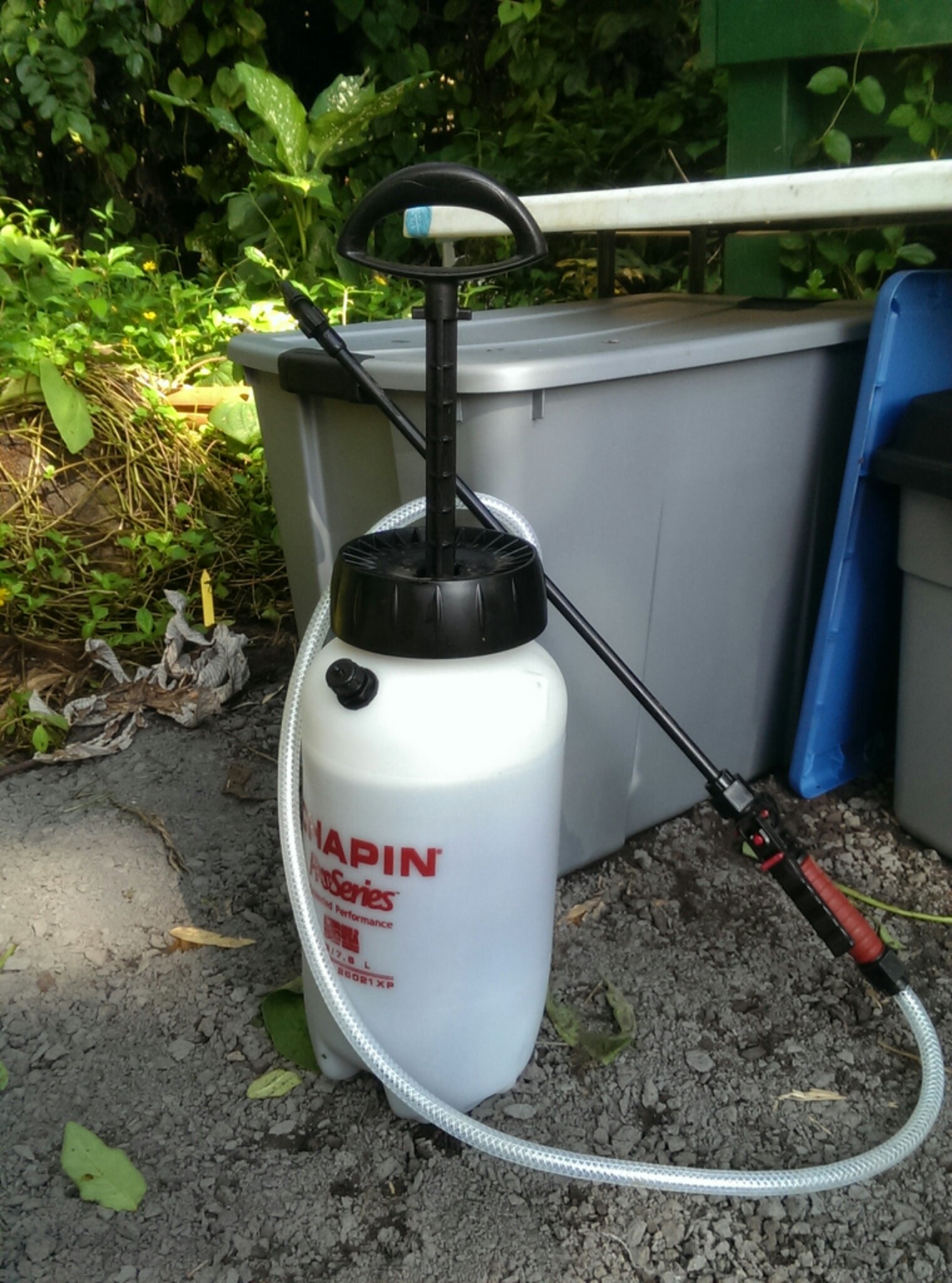
Beautiful! I can’t wait to try this at Awesometown. Thanks Moti!
Best explained recipe to make LAB. Thank you so much for the pictorial explanation.
thanks so much. very clear explanation.
I am a first-timer in using Pre-mixed LAB with soil. I have some brochures giving information about its contents and its benefits but I still cannot find the ratio of LAB to soil. Please inform me the correct g/m2 or, e.g; How much Soil will 2kg LAB be mixed into? Thanks.
Instead could i just add whey to the fermented rice wash .. would that work?
I made some LAB and used honey as a sugar source, I noticed the mixture is a little cloudy. And has a darker shade at the top 1/10 of the bottle. Could I have done something wrong?
Is this lacto okay for human consumption?
Yes, I put a teaspoon in a glass of water every day, helps my gut
When making LAB, to get best results, keep the milk stage anaerobic(free of air). During culture of all microorganisms they should not be exposed to neither sun light or any direct light. Best is to cover with a black polythene.
Thanks for the very informative post can i use honey or sugar to stabilize the lacto bacilus